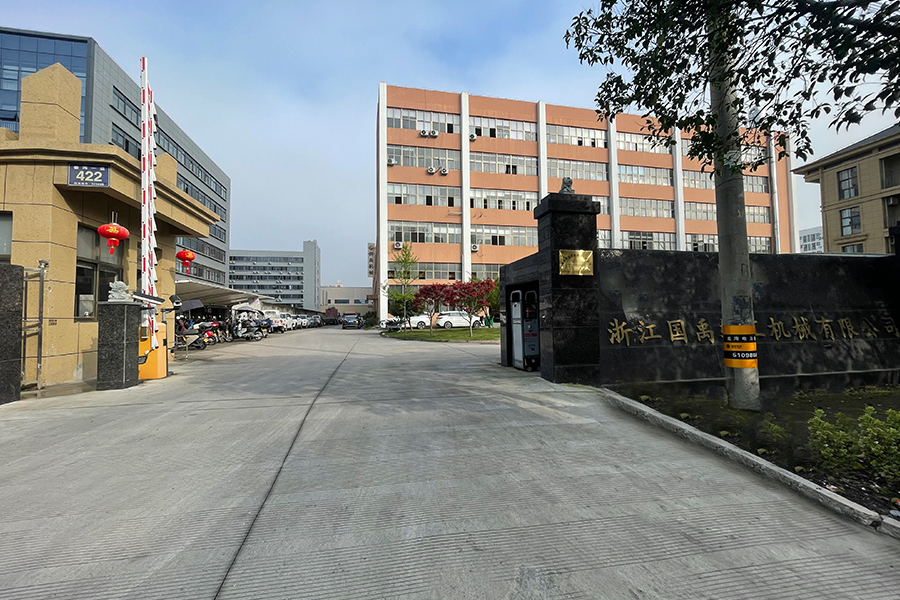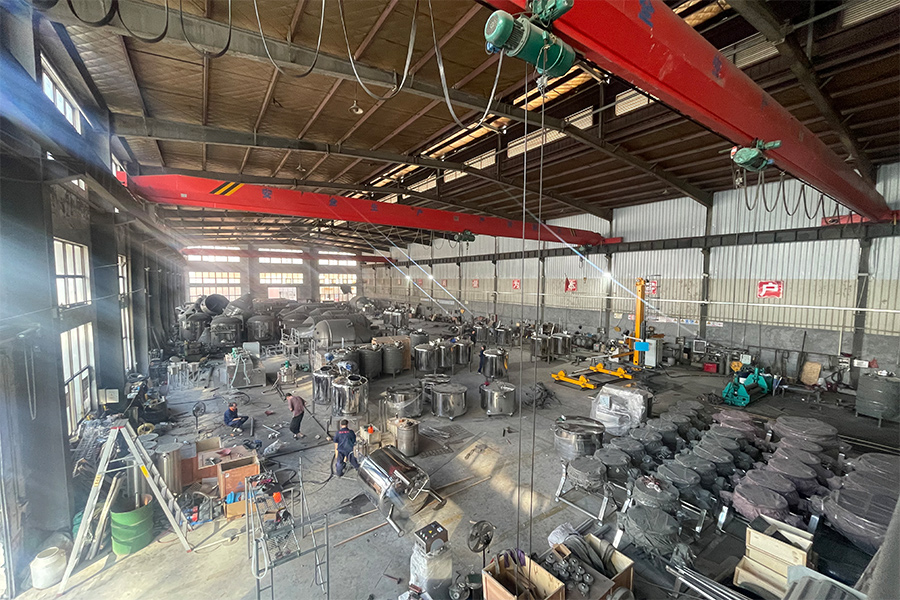-
 [email protected]
[email protected]
-
 +86-13706666922
+86-13706666922

Agricultural vertical chemical storage tanks are specialized containers designed to store chemicals used in farming, such as pesticides, fertilizers, herbicides, and fungicides. These tanks play a crucial role in agricultural operations by ensuring that chemicals are stored safely and securely for use in various crop protection and growth enhancement processes. Their vertical design offers space efficiency and helps small the footprint on farms and agricultural facilities.
The primary feature of an agricultural vertical chemical storage tank is its vertical shape, which bigs storage capacity while occupying small floor space. The material choice depends on the type of chemicals being stored, as different substances may require varying levels of resistance to corrosion, temperature fluctuations, or UV radiation.
The tank is designed to hold large quantities of chemicals, and its vertical orientation ensures that gravity can assist in the efficient dispensing of contents. It is equipped with an inlet and outlet system, which allows for easy transfer of chemicals in and out of the tank. The tank’s lid, which may be vented, helps prevent contamination while allowing gas and vapor to escape safely.
more agricultural vertical chemical storage tanks are fitted with additional safety features, such as overflow protection, pressure relief valves, and lockable covers, to ensure secure and reliable storage. They are often equipped with level indicators or gauges that allow operators to monitor the amount of chemical in the tank without opening it.
Key Features:
Space Efficiency: The vertical design is ideal for agricultural operations with limited space, as it allows for the storage of large volumes without taking up much ground area.
Durable Materials: Materials like HDPE, fiberglass, or stainless steel offer good resistance to corrosion, chemical degradation, and external weather conditions, which is critical for long-term storage of agricultural chemicals.
Safety Mechanisms: Many tanks come equipped with anti-overflow devices, secure closures, and vented lids, ensuring the safe containment of chemicals. Some models also offer UV protection to prevent degradation of chemical contents when exposed to sunlight.
Easy Dispensing: The vertical structure facilitates gravity-based dispensing, making it easier to transfer chemicals to sprayers or other application equipment without the need for additional pumping systems in some cases.
Compatibility with Automation: Advanced models are compatible with automated systems for filling, dispensing, and monitoring chemical levels. This smalls human error and improves operational efficiency.
Storing chemicals poses inherent risks, including leaks, spills, or accidental exposure. To mitigate these risks, agricultural vertical chemical storage tanks are built with safety features that reduce the chance of accidental releases. These may include:
Sealed lids and closures: To prevent chemical vapors or fumes from escaping and to keep the chemicals contained.
Spill containment systems: Some tanks are equipped with secondary containment areas or trays that catch leaks and spills, preventing chemicals from contaminating the surrounding environment.
Ventilation systems: Tanks used for volatile chemicals often have ventilation systems to allow gas and vapor buildup to escape in a controlled manner, reducing the risk of pressure build-up or dangerous reactions.
Agricultural vertical chemical storage tanks are essential components in modern farming operations. Their design, featuring space-efficient vertical storage and durable materials, makes them ideal for storing a wide variety of chemicals safely and effectively.







